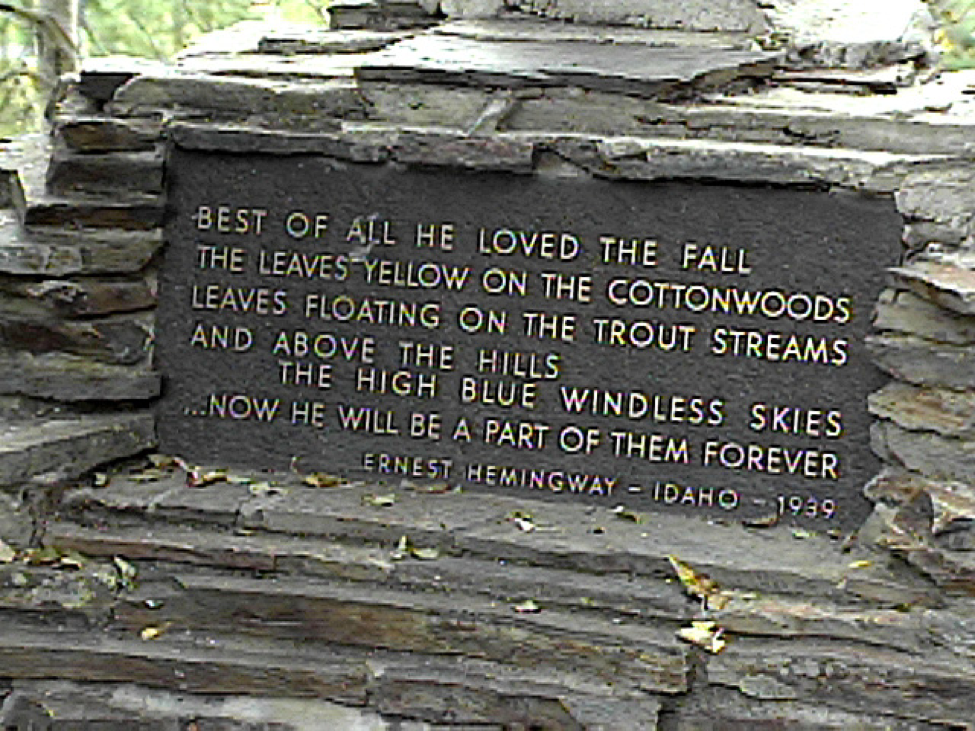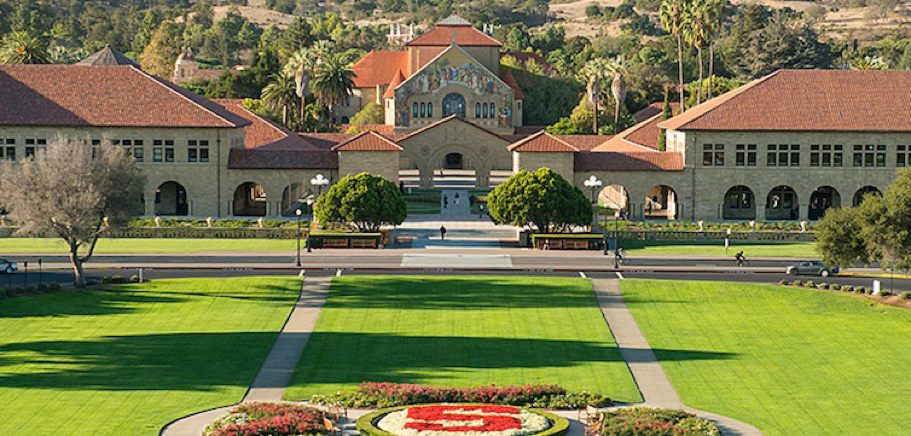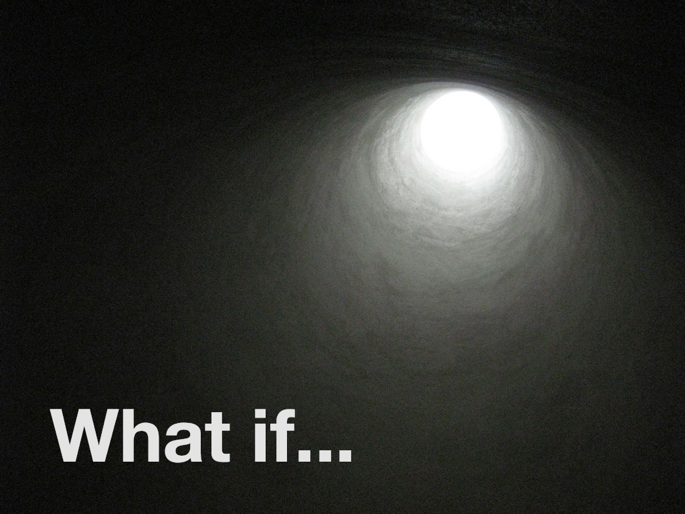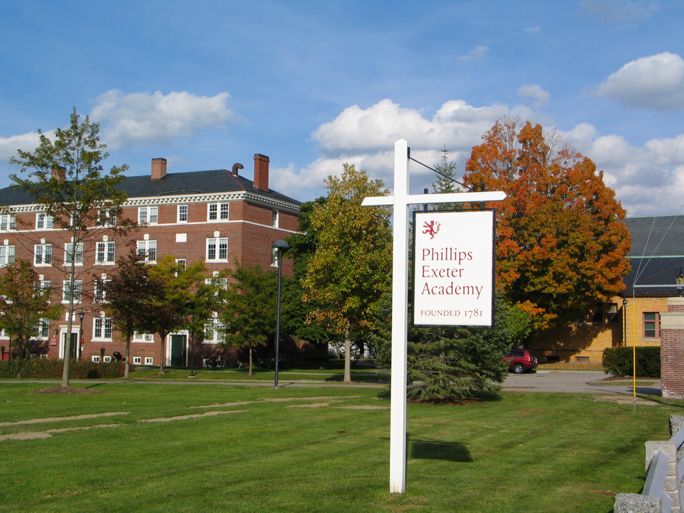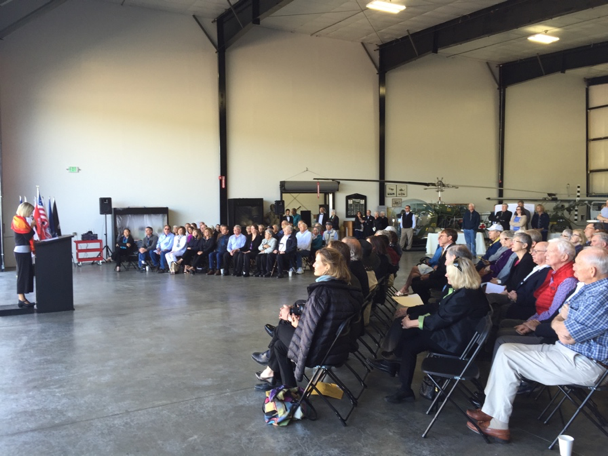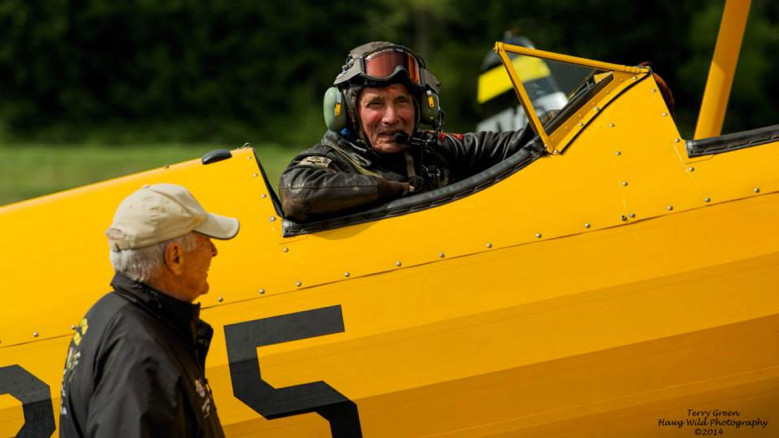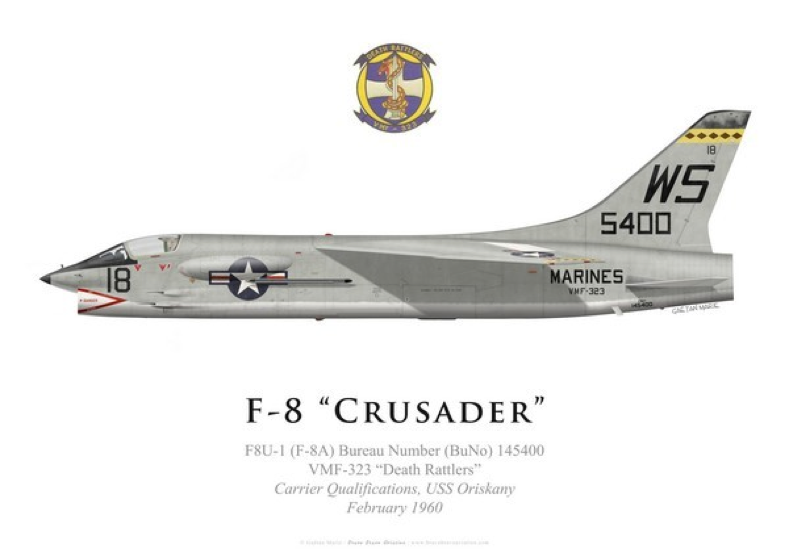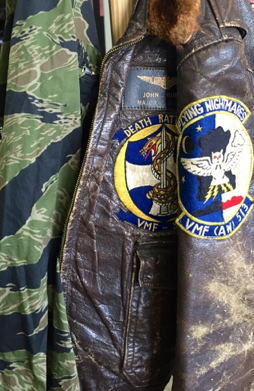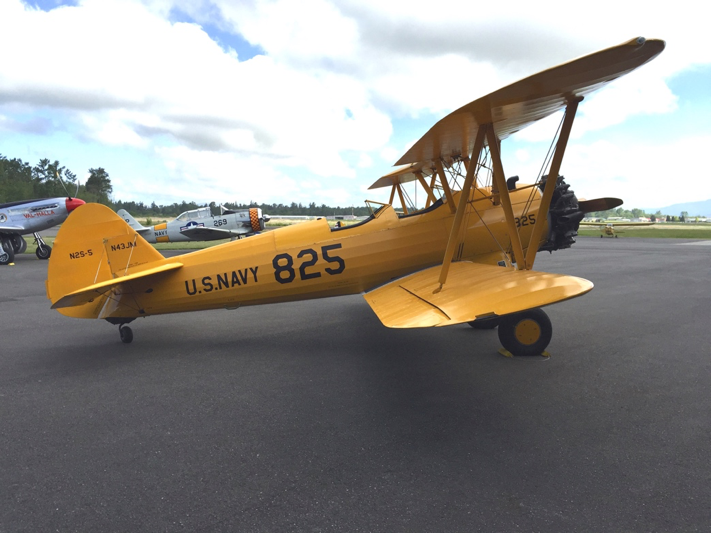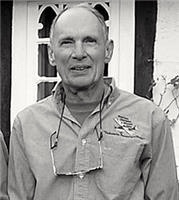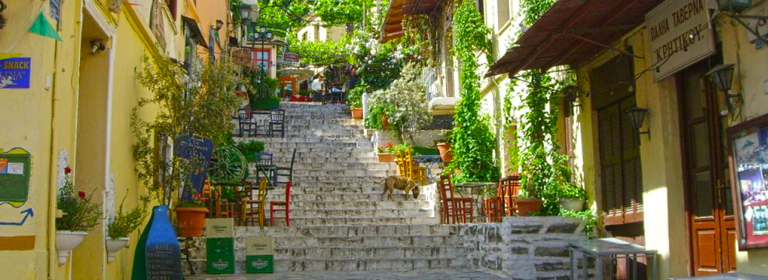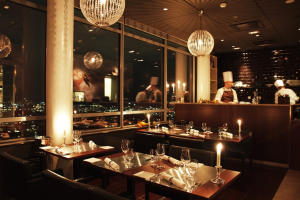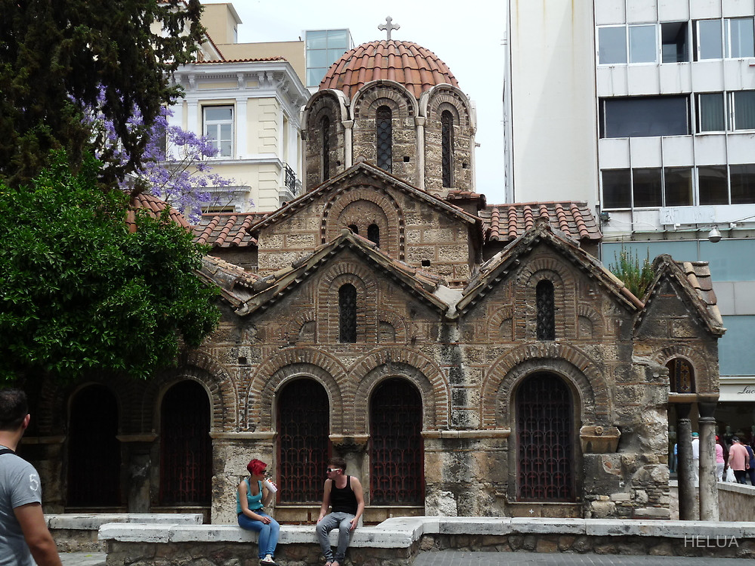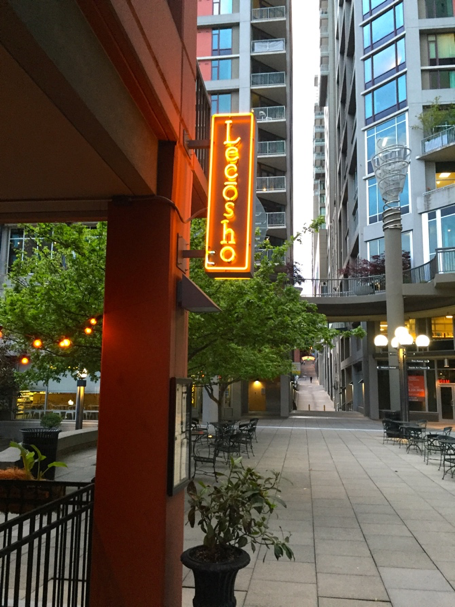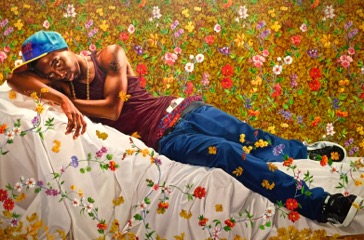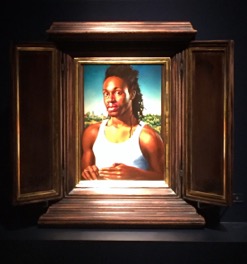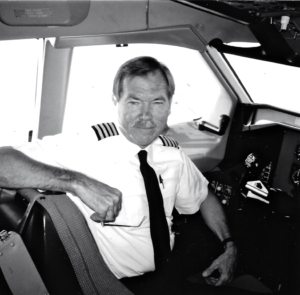 Bob Gandt is a remarkable guy. We first met 40 years ago as Pan Am pilots in Berlin. Bob had been based there for a couple of years when I arrived, and we soon discovered a number of shared interests. We had both flown A4’s in the military, were marathon runners who shared an admiration for Ernest Hemingway’s prose, and harbored our own aspirations to be writers. When Bob found out I was from Ketchum, Idaho, Hemingway’s last home, and knew Ernest’s son, Jack, it was clear we were going to have a lot to talk about.
Bob Gandt is a remarkable guy. We first met 40 years ago as Pan Am pilots in Berlin. Bob had been based there for a couple of years when I arrived, and we soon discovered a number of shared interests. We had both flown A4’s in the military, were marathon runners who shared an admiration for Ernest Hemingway’s prose, and harbored our own aspirations to be writers. When Bob found out I was from Ketchum, Idaho, Hemingway’s last home, and knew Ernest’s son, Jack, it was clear we were going to have a lot to talk about.
I learned that while based in Hong Kong in the late ‘60’s he had become fascinated by the WWII siege of that city by the Japanese and wrote about it in a series of articles for the South China Morning Post. In 1981 he published his first book, Season of Storms, based on that series, and from then on he was juggling two careers – author and commercial airline pilot. His airline career took a turn when Pan Am sold its Atlantic routes to Delta in 1991 and he had to leave Berlin for Atlanta. He continued there as a Captain and Check Pilot until his retirement in 1999, but in the ‘90’s his writing career took off. Since then he has created a bibliography that includes seven novels, seven non-fiction books and several screen credits. He’s covered a lot of ground since our early days in Berlin.
In March of this year Bob’s latest book, Mastery: A Mission Plan for Reclaiming a Life of Purpose, Fitness, and Achievement was published. I enjoyed his earlier writing and I’m always curious, but I admit to having been a little skeptical about this latest release. It’s a striking departure from the aviation-rooted output of his earlier work and unlike anything else he’s done. In this one he asks his target audience, the Boomer generation at or approaching retirement, to consider the question “what’s next?
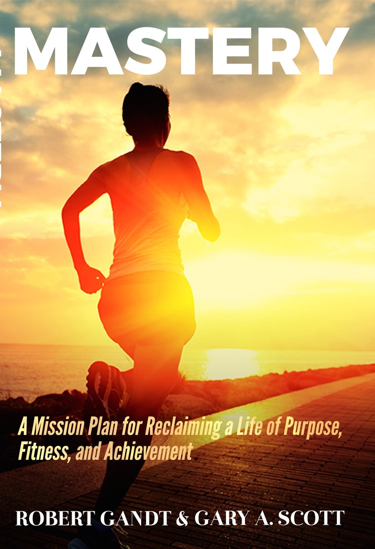
Bob’s answer is not golf or crossword puzzles or a platitudinous happiness prescription. He suggests a much more rigorous and thoughtful solution. He and co-author Gary A. Scott set out guidelines for creating a meaningful future – essentially a new life with newly created aspirational goals. For Bob and Gary it’s not about winding down; it’s about winding up and resetting.
You’ve probably figured out that I’m not a fan of self-help books. I’m especially suspicious of Suzanne Somers-like feel good prescriptions for seniors. As a consequence, I read Mastery skeptically until it proved to me that it was different. Mastery is the Cross-Fit of senior planning. It offers suggestions, tools and inspiration but hard work is at its core.
Mastery is not about being a better person, avoiding boredom, or adding quality to your life. It’s not about losing weight, spending more time at the gym, or joining a book club. These are feel good items on the order of New Year’s resolutions. They are not missions in the sense that Bob and Gary view them. They may be side benefits of the effort but they do not meet the criteria for a new mission.
According to the Oxford Dictionary a mission is “an important goal or purpose accompanied by a strong conviction.” Mastery’s core message is directive; find a mission that is meaningful and commit to its achievement.
So what qualifies as a mission? The authors tell us that common choices have included writing a novel, learning a new language, mastering a musical instrument, doing a triathlon, or starting a new business. A mission is serious business and once you’ve found yours you need to do the training, put in the miles, retrain your muscles – mental, physical, and spiritual – and apply yourself to meeting its demands. The authors acknowledge that mastery is not for everyone.
There are chapters in Mastery that offer tools and strategies but the book’s real value resides in the mind shift that prepares the reader to embark on this new adventure. The authors are convincing when they assert that finding a mission and committing to the process leads to increased quality, satisfaction, and life enrichment. Mastery is by their definition a state of being, not a curriculum.
I’ve always been attracted to OCD people, and Bob Gandt is right up there with the best of them. Not only has he achieved as a Navy fighter pilot, a Pan Am and Delta Captain, a successful aviation writer, novelist and TV consultant, but in 1985 he and some friends formed an aerobatic demonstration team that performs at air shows, and he recently completed a triathlon. Mastery has a nice ring to it and he can speak with authority about it.
Years ago I suggested Bob make a pilgrimage to the Hemingway Memorial in Sun Valley. I don’t know if he has, but the inspirational words engraved there provide a reflective coda to a life packed with adventure and accomplishment. I think he would feel a kinship with Hemingway in that regard also.
